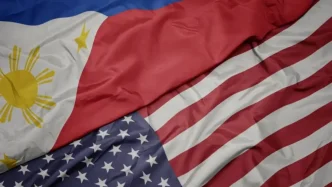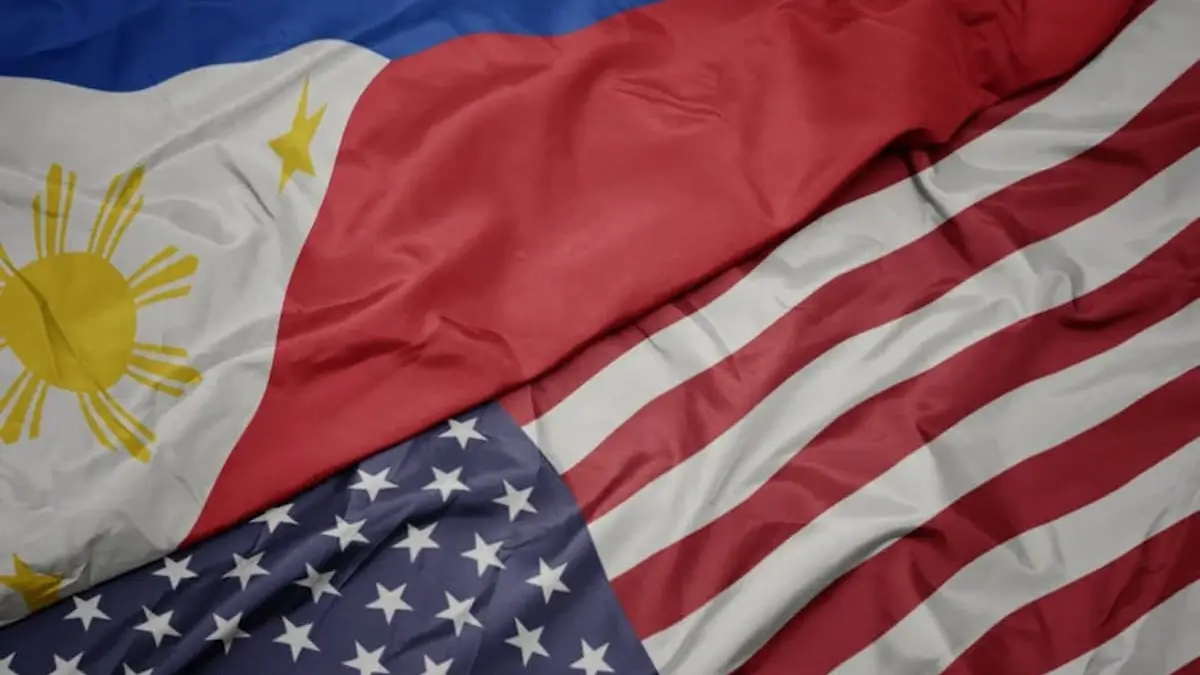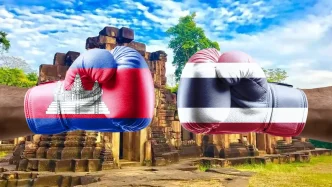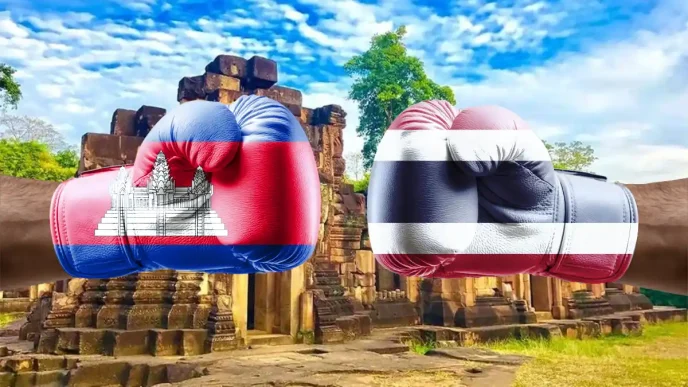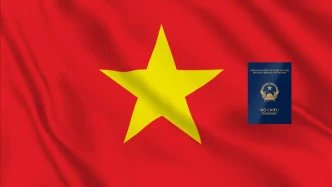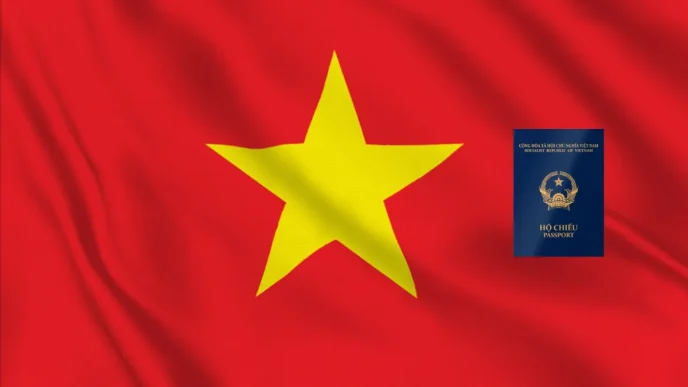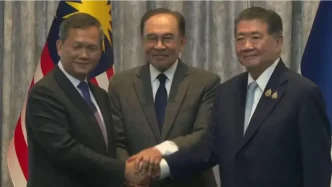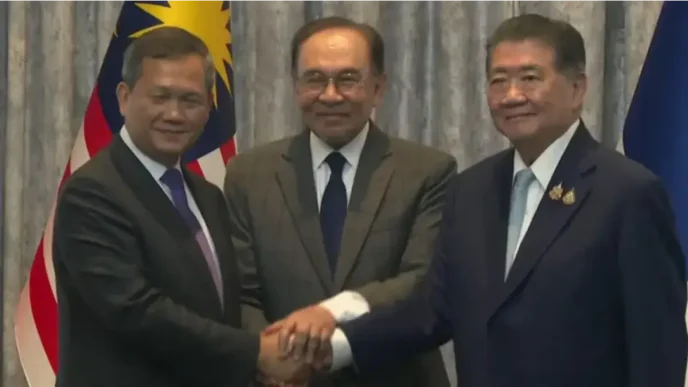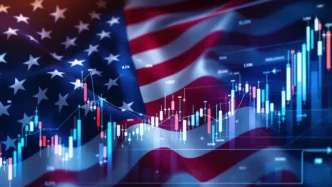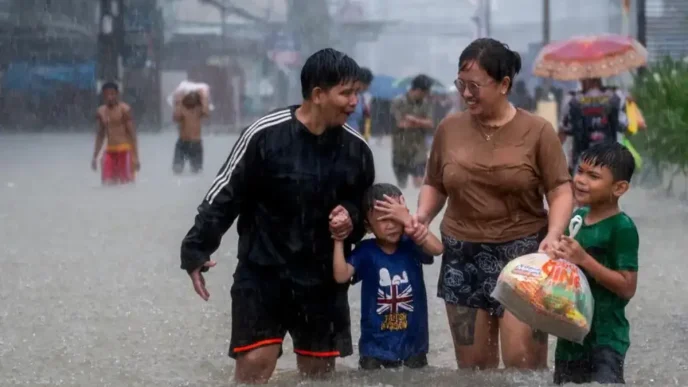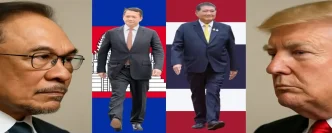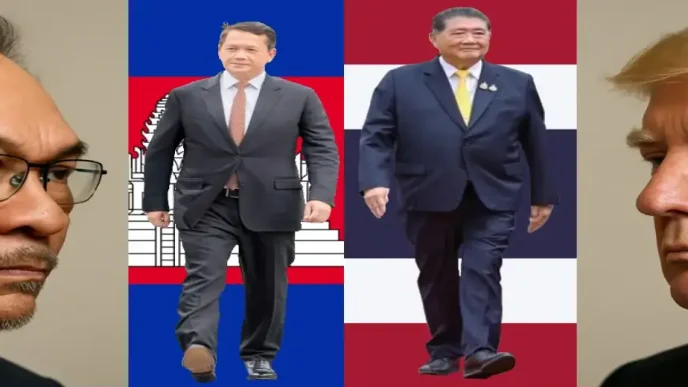In a stark reminder of shifting geopolitical realities, a recent meeting between US President Donald Trump and Filipino President Ferdinand Marcos Jr. in Washington, DC, on July 22, 2025, has resulted in a trade agreement that many in Manila view as deeply unequal. The deal, which allows American goods to enter the Philippine market duty-free while imposing a 19 percent tariff on Philippine exports to the US, has reignited debates about the nature of the historic ties between the two nations and the Philippines’ strategic role in the South China Sea.
A Lopsided Trade Agreement
The Oval Office meeting was framed by Marcos as a pivotal moment to strengthen ties with the United States, which he described as the Philippines’ oldest and only treaty ally. His stated goal was to advance historic and dynamic cooperation and secure a trade deal that would foster mutually beneficial, future-oriented collaborations. Yet, the outcome of the talks fell far short of these aspirations. As announced by Trump on his Truth Social platform on July 22, 2025, the agreement permits US products—ranging from cars to pharmaceuticals—to access the Philippine market with zero tariffs, while Filipino exports face a 19 percent tariff in the US.
This disparity has drawn sharp criticism in Manila, where the terms are seen as favoring American interests. The 19 percent tariff on Philippine goods is just one percentage point below the 20 percent rate Trump had previously threatened, and two points higher than the 17 percent reciprocal rate floated in April 2025. By comparison, neighboring Indonesia, a larger exporter to the US, faces the same 19 percent rate, while Singapore, which did not engage in similar negotiations, benefits from a baseline tariff of just 10 percent—the lowest among ASEAN nations.
The agreement underscores a broader recalibration of expectations. For many Filipinos, the historical bonds forged through shared struggles—such as the 80th anniversary of World War II victory marked this year—suggested a relationship that might yield preferential treatment. A White House statement ahead of the visit reinforced this sentiment, highlighting the friendship rooted in a long history of collaboration. However, the final deal suggests that such nostalgia holds little weight in the current US administration’s trade policy.
Strategic Alignment, Limited Leverage
Marcos’ approach to the US has been characterized by a clear alignment since the start of his term, positioning the Philippines as a key defense partner in the South China Sea amid rising tensions with China. The country hosts US military facilities under agreements like the Enhanced Defense Cooperation Agreement (EDCA), and its leaders have consistently voiced support for shared security goals. Many in the Philippine delegation likely anticipated that this strategic alignment would translate into economic concessions during the Washington talks.
Yet, Trump’s stance during the meeting reflected a view that has often defined his foreign policy: a transactional approach that prioritizes American economic advantage over alliance-building. In public remarks, he offered a perfunctory acknowledgment of Marcos’ pivot toward the US but made it clear that this alignment did not warrant special trade considerations. He even stated he had no objection to the Philippines maintaining good relations with China, signaling that Washington does not see Manila’s loyalty as a bargaining chip worth rewarding.
This outcome has prompted a reassessment among Philippine policymakers and analysts. The notion of a special friendship with the US, rooted in colonial history and military alliances, appears increasingly untenable. Instead, the trade deal highlights a dynamic where the Philippines’ strategic importance—particularly in countering China’s influence in the region—is acknowledged but not reciprocated with economic benefits.
Navigating a Multipolar World
The broader context of the US-Philippines relationship is shaped by the complexities of a multipolar world, where global political order is fragmented, and regional tensions are high. The South China Sea remains a flashpoint, with China’s assertive claims and frequent incursions into the Philippines’ exclusive economic zone (EEZ) posing ongoing challenges. For Manila, balancing relations with both Washington and Beijing is a delicate act, made more difficult by the realization that neither superpower prioritizes Philippine interests over their own strategic goals.
The trade deal serves as a moment of clarity for many Filipinos. It challenges the long-held belief that alignment with the US guarantees protection or economic support. Instead, it reinforces the view that America’s primary interest in the region is containment of China and preservation of its own global dominance. As one Philippine commentator noted in local reports, the country risks becoming a pawn in a larger geopolitical chess game if it does not assert its own priorities.
This perspective urges a shift toward a more independent foreign policy. Rather than positioning itself as a client state to the US or a satellite to China, the Philippines must focus on safeguarding its national interests. This includes addressing domestic challenges—such as poverty, infrastructure deficits, and economic inequality—that require resources currently diverted to military posturing or superpower rivalries.
A Call for Peace as Policy
In the wake of the Washington meeting, there is growing advocacy in the Philippines for a foreign policy grounded in peace rather than alignment with any single power. This approach would prioritize adherence to international frameworks like the United Nations Charter and respect for the Philippine Constitution, which explicitly renounces war as an instrument of national policy. Such a stance is not merely aspirational but a pragmatic response to the country’s limited resources and the need to avoid entanglement in great power conflicts.
Advocates argue that the Philippines must resist allowing its territory to serve as a staging ground for aggression by either the US or China. This is particularly relevant given the presence of US military facilities in the country, which, while bolstering deterrence against China, also heighten the risk of Manila being drawn into a direct confrontation. A policy of peace would redirect focus toward diplomacy, regional cooperation through ASEAN, and addressing internal issues that directly impact Filipino lives.
However, pursuing this path is fraught with challenges. China’s actions in the South China Sea, including repeated incursions into Philippine waters, test the limits of a non-confrontational stance. Moreover, the absence of a cohesive global political order complicates efforts to assert neutrality. The Philippines finds itself navigating treacherous terrain, where missteps could exacerbate regional instability or undermine its own security.
Looking Beyond Historical Ties
The trade agreement with the US marks a turning point for the Philippines, exposing the fragility of assumptions about historical ties and mutual obligations. It compels a reevaluation of how Manila engages with Washington, recognizing that sentimentality has little currency in today’s geopolitical landscape. The special friendship once celebrated in official rhetoric now appears as a relic of the past, overshadowed by hard-nosed economic and strategic calculations.
For Filipino leaders, the lesson is clear: reliance on external powers, whether the US or China, must be tempered by a commitment to self-reliance and regional solidarity. ASEAN, despite its own limitations, offers a platform for collective bargaining and conflict resolution that could help mitigate the pressures of superpower rivalry. Strengthening economic ties with other Southeast Asian nations, as well as diversifying trade partners beyond the US, could reduce vulnerability to unilateral decisions like the recent tariff imbalance.
At the domestic level, the government faces the task of managing public disillusionment. Many Filipinos who once viewed the US as a benevolent ally now question the benefits of such a partnership. Marcos, who positioned the Washington visit as a diplomatic achievement, must contend with criticism that the resulting deal undermines national dignity and economic prospects. How he addresses these concerns—whether through renewed focus on domestic reforms or a recalibrated foreign policy—will shape public trust in his administration’s vision for the country’s future.
As the Philippines grapples with the implications of this trade deal, the broader question remains: can it carve out an independent path in a region dominated by competing giants? The answer is far from certain, but the urgency to redefine its role on the global stage has never been greater.

